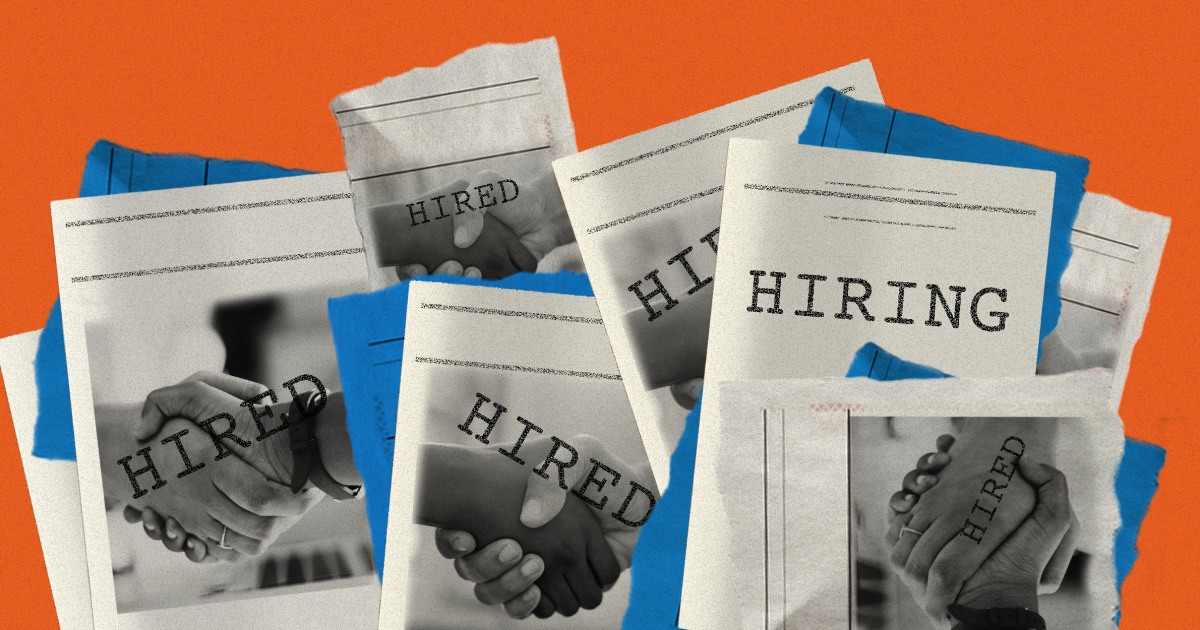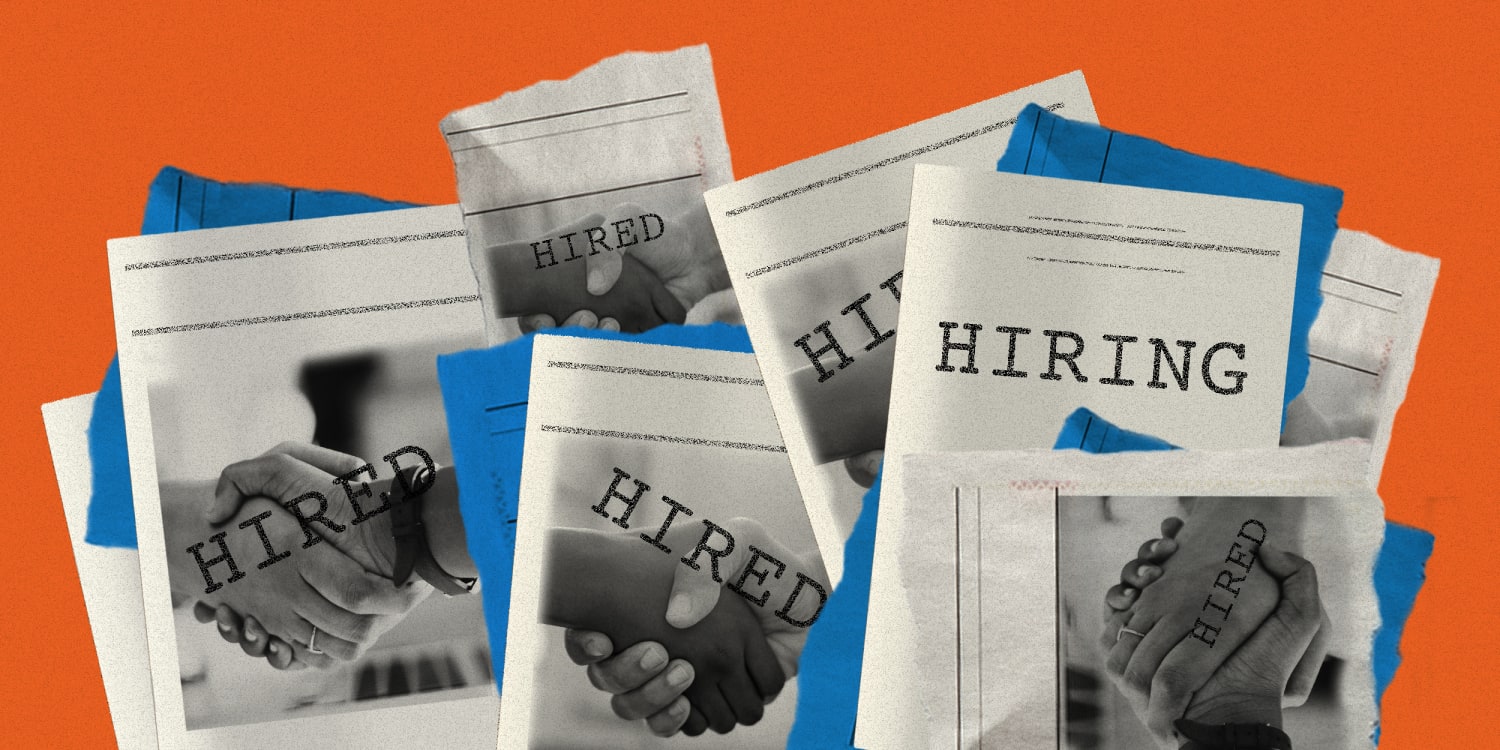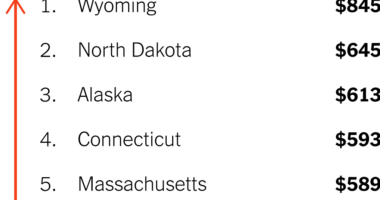
After last year’s killings of Ahmaud Arbery, Breonna Taylor and George Floyd, many digital and print media outlets pledged to address the discussions about the nation’s race relations problems by starting with their own workforces. They created diversity and inclusion positions, hired more people of color and launched new programs aimed at reducing racial bias.
Then came a series of well-publicized and diverse hirings in the print and digital space: Condé Nast-owned Bon Appétit brought in Dawn Davis as editor-in-chief and Sonia Chopra as its executive editor. The Boston Globe promoted Anica Butler to a deputy editor role. Samira Nasr became top editor of the U.S. edition of Hearst-owned Harper’s Bazaar. And Vice-owned Refinery 29 brought in Simone Oliver to run the site. Condé Nast also added an executive-level role focused on diversity and inclusion to address broader problems it had identified.
“It’s actually kind of shocking to see how many Black people have been elevated to higher positions. It’s amazing and we don’t take this moment lightly,” said Emil Wilbekin, an activist and a contributing writer to numerous publications, including The New York Times and Essence magazine. “But there’s always been a lack of Black professionals. So playing catch up is tough.”
But newly released data shows that beyond these few key hires, very little has changed when it comes to newsroom diversity. Hiring and employee data collected by Condé Nast, Hearst and Vice show that minorities remain underrepresented at nearly every level of these companies and across departments. Also, while some companies showed improvements in the hiring of employees of color, at most companies, the majority of new jobs continued to be filled by white people.
To be sure, NBCUniversal, the parent company of NBC News and MSNBC, has also worked to address its own diversity issues. NBCUniversal News Group Chairman Cesar Conde announced a goal this year for the staff of NBC News be made up of 50 percent women and 50 percent people of color. There have been increased hires of people of color, including the appointment of Rashida Jones as president of MSNBC. However, the most recent data from 2019 shows that people of color made up only 44% of NBCUniversal’s workforce. Among new hires, 54% were people of color.
“We definitely need to do more work,” Wilbekin said. “There are so many talented Black journalists and content creators who leave the media industry because there seems to be this glass ceiling that can’t be broken. They don’t see a clear path for themselves.”
Now that news outlets have made a few strategic hires, media executives are realizing just how much they have to do as they try to tackle these bigger and deeper problems, from coming up with plans to listen to employees’ concerns better to seeking out more diverse job candidates and instituting internal training aimed at reducing bias.
“I am excited that we have come to a place in corporate U.S. discussions where race is on the table as a topic of discussion and not something people have to hide,” said Yashica Olden, the newly hired global chief diversity and inclusion officer at Condé Nast. “I also realize this is not a sprint. This is a real journey and we’ve got to give ourselves time to get to where we want. That’s the challenge. I have to be realistic about where we are.”
Gradual change
That’s something that Daisy Auger-Domínguez, Vice Media Group’s new head of human resources, said she has also realized. She’s currently working on what she calls a job architecture report that she plans to release to employees in the next month or so that will help map out a long-term path forward.
“We’ll be able to transparently share with employees across the company what their job level is and what it takes to go to the next job level,” she said. “Most organizations struggle with that.”
Auger-Domínguez was hired in May, just weeks before employees at Refinery29, a women’s lifestyle publication, spoke out about broader racism they experienced at the organization. Editor-in-chief Christene Barberich resigned in what she said hoped would “help diversify our leadership in editorial.” (Her replacement, Oliver, is a Black woman with more than 13 years of experience at The New York Times, Condé Nast, Facebook and Instagram.)
Following the upheaval at Refinery29, Auger-Domínguez immediately set out on a “listening” tour with CEO Nancy Dubuc wherein they met with every employee at the company. She also made changes to existing practices, such as performance reviews, to reduce bias.
“The underpinnings of a lot of inequity in organizations is just poorly constructed systems and racially defined systems,” she said. “We want employees to know we’re not just window-washing. We’re fixing the systems that resulted in the outcomes people were experiencing.”
Magazine culture
In October, Olden joined Condé Nast as its first global chief diversity and inclusion officer to address these problems at the company’s 37 brands. Olden has more than 20 years of experience working in the diversity and inclusion space and helping companies improve their workplaces. But she joined a company that was struggling with race issues.
Former Bon Appétit editor-in-chief Adam Rapoport resigned after a photo of him in a racially insensitive Halloween costume surfaced on social media. Allegations of racial discrimination were also publicized by employees, who spoke out against Bon Appétit’s culture and treatment of minorities. Also In June, allegations of racism arose at Condé Nast’s Vogue with employees complaining of instances both in the office and in some of the magazine’s content. These Condé Nast titles tried to make early changes with Bon Appétit’s top level hires and Vogue’s pledge that 15 percent of the freelancers it would hire would be Black. Since then, six of its seven covers have featured Black stars or artists.
But Olden recognizes that more work needs to be done — especially since a lot of this work to bring about cultural change and improve diversity often falls on employees of color, the very people who are being marginalized. Olden acknowledged that when companies seek the perspectives and cooperation of persons of color, it can be a lot to juggle with their regular jobs.
“It’s a lot of work and because it’s so passion-filled, it can be exhausting work for those of us who are trying to do this because we’re personally impacted by it,” Olden said.
Olden said that her plans to build out her team and efforts at Condé Nast will mirror much of what she has done in previous jobs with companies like WPP and Barclays Capital. In some instances, this has meant establishing diversity and inclusion as a core competency in annual review processes so that employees are then assessed and recognized for their contributions in this area, which might include things like leading a race or ethnicity-based employee resource group.
Dismal results
But these few hirings do not disguise the fact that most media organizations remain far from diverse. These newly published diversity studies show just how much work these companies need to do.
For instance, the diversity report Hearst released on Feb. 2 showed that, as of December, 73 percent of its full-time and part-time U.S.-based employees were white, while Black, Hispanic and Asian employees each made up 8 percent of the workforce.
White employees made up 64 percent of the people hired over the past 12 months, Asian and Black employees made up 11 percent and Hispanic workers made up 10 percent. Less than 1 percent of employees identified as either American Indian or Alaska Native or as Native Hawaiian or other Pacific Islander. Hearst declined to comment for this article.
Vice Media Group, which released its own 2020 diversity report on Feb. 4, had a 3.9 percent increase in its number of employees of color from the year before. It also reported that roughly 54 percent of its new hires were people of color, a 9.1 percent increase from the year prior. It also reported an increase in diversity among its executive team. However, 58 percent of all U.S. employees still identified as white.
At Condé Nast, from January to August 2020, 69 percent of employees identified as white, 10 percent as Asian, 7.5 percent as Black, 6 percent as Latinx and just over 4 percent as multiracial or other. Of the new hires during this period 53 percent were white.
Richard Prince, a columnist at Journal-isms.comwho covers diversity issues in the media industry, notes that it may take giving these newly created diversity positions more authority to keep employees accountable. He notes that with time, media outlets have the ability to diversify newsrooms — if they choose to.
“There is progress, but when I walk into some of these newsrooms I get blinded by the whiteness,” Prince said. “Basically if companies truly want to [increase diversity] and change the culture, they find a way to get it done.”
Source: | This article originally belongs to Nbcnews.com










